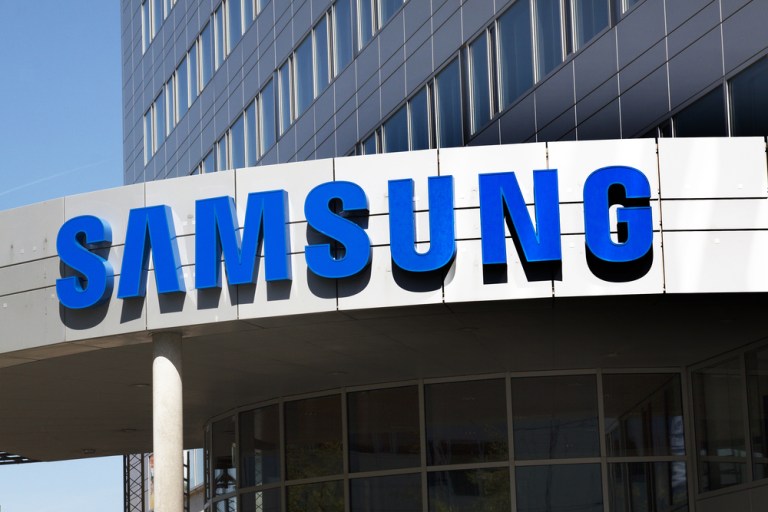Samsung Holds Its Breath As Galaxy Note 7s Come Pouring In

After initial pleas to Galaxy Note 7 users to turn in their devices went largely unheard, Samsung announced on Sept. 22 that over half of U.S. faulty devices have been returned. But that still leaves quite a few in the U.S. and 1.5 million Galaxy Note 7 phones worldwide that could add to the reports of exploding batteries.
Samsung must be relieved that its Galaxy Note 7 faulty smartphones, all 2.5 million of them, are finally coming in thick and fast in response to its recall. Fortunately, there have been no recent exploding battery incidents to further tarnish the electronics manufacturer’s marred reputation.
Initial pleas by Samsung to users asking them to stop using the Galaxy Note 7 devices and exchange them with a replacement went largely unheard, but the company now reports that half of the faulty phones have been exchanged in the U.S, according to a press release on Sept. 22.
“Samsung Electronics America, Inc. announced today that about half of all recalled Galaxy Note 7 phones sold in the U.S. have been exchanged through Samsung’s voluntary recall. Additionally, 90 percent of Galaxy Note 7 owners have been opting to receive the new Galaxy Note 7 since the phones became widely available on Wednesday, Sept. 21,” the press release said.
However, this announcement only applies to the U.S., and there are still a large number of faulty Note 7s in other countries. Of the 2.5 million defective Galaxy Note 7 phones shipped worldwide, approximately 1 million were in the U.S.
Samsung reacted following a number of incidents where the batteries in its Galaxy Note 7 smartphones caught fire. The company advised customers not to use the devices and later issued an official recall. A firmware update was also issued to faulty devices warning users to stop using the phone and return them immediately.
Airlines, companies and organizations, including the New York City subway and the U.S. Consumer Product Safety Commission, either warned people about the dangers of using the Galaxy Note 7 phones or prohibited their use unless they were a newly exchanged device.